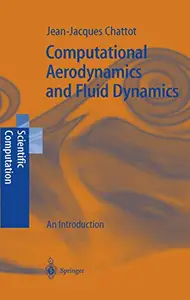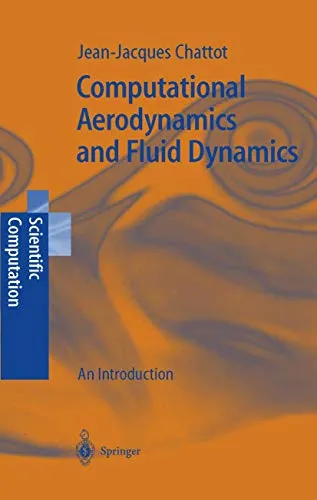Computational Aerodynamics and Fluid Dynamics: An Introduction by Jean-Jacques Chattot
English | PDF (True) | 2002 | 191 Pages | ISBN : 3540434941 | 11.8 MB
The field of computational fluid dynamics (CFD) has matured since the au thor was first introduced to electronic computation in the mid-sixties. The progress of numerical methods has paralleled that of computer technology and software. Simulations are used routinely in all branches of engineering as a very powerful means for understanding complex systems and, ultimately, improve their design for better efficiency. Today's engineers must be capable of using the large simulation codes available in industry, and apply them to their specific problem by implemen ting new boundary conditions or modifying existing ones. The objective of this book is to give the reader the basis for understanding the way numerical schemes achieve accurate and stable simulations of phy sical phenomena, governed by equations that are related, yet simpler, than the equations they need to solve. The model problems presented here are linear, in most cases, and represent the propagation of waves in a medium, the diffusion of heat in a slab, and the equilibrium of a membrane under distributed loads. Yet, regardless of the origin of the problem, the partial differential equations (PDE's) reflect the physical phenomena to be modeled and can be classified as being of hyperbolic, parabolic or elliptic type. The numerical treatment depends on the equation type that can represent several physical situations as diverse as heat conduction and viscous fluid flow. Non linear model problems are also presented and solved, such as the transonic small disturbance equation and the equations of gas dynamics.
Thanks For Buying/Renewing Premium From My Blog Links To Support
Without You And Your Support We Can't Continue
Without You And Your Support We Can't Continue



